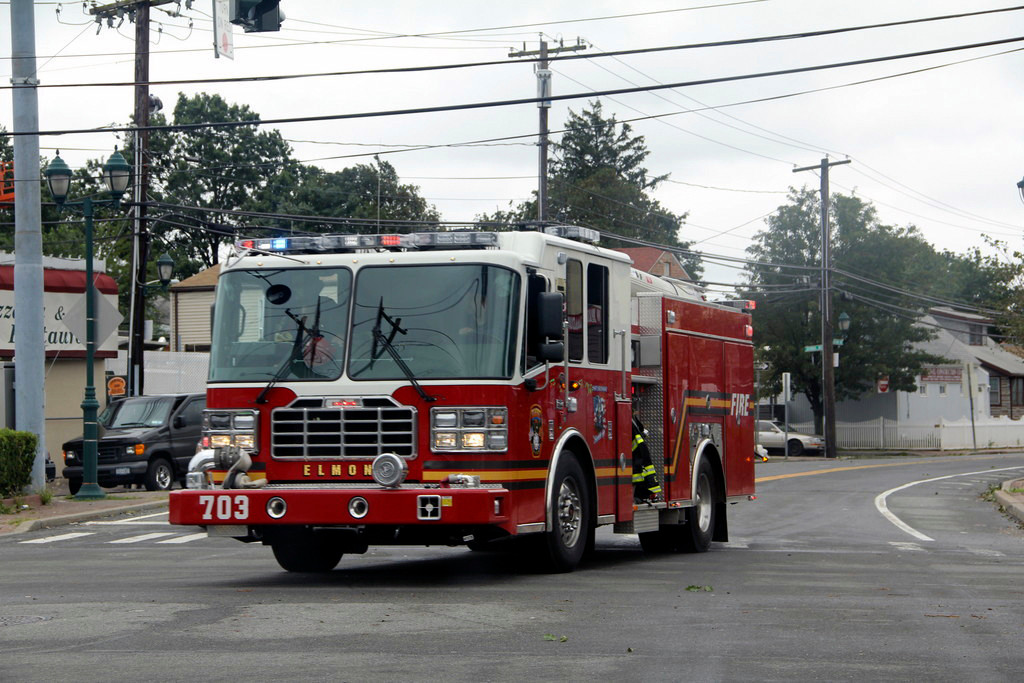Elmont Fire District receives higher classification
The Insurance Services Offices (ISO), an insurance advisory organization that provides insurers with a variety of underwriting and rating services, has notified the Elmont Fire District that its Public Protection Classification (PPC) rating has been upgraded from a Class 4 rating to a Class 2. ISO assigns a PPC ranging from 1 to 10, with 1 being the highest rating and 10 signifying the worst.
The classification is for both commercial and residential properties. Only 8.2 percent of the communities across Long Island are ranked a Class 2. Approximately 1.3 percent in New York State and 2.2 percent across the country received this outstanding ranking.
According to ISO, a community’s investment in fire mitigation is a proven and reliable predicator of future fire losses. As a result, insurance companies use PPC information to help establish fair premiums for fire insurance — generally offering lower premiums in communities with better protection.
The PPC program evaluates and reinforces the importance of key areas of fire protection: Emergency communications, fire department equipment and water supply.
“We are always working to improve our ISO rating,” Elmont Chief of Department Angelo Chilelli said. “One reason for the higher ranking is the addition of our training tower, which allows us to enhance firefighter training on our time and grounds. As a result, we are not completely dependent on using the Nassau County Fire Service facilities. We are fortunate to have an outstanding and dedicated Fire Department and Ambulance Service, and are thrilled that our hard work resulted in this significant achievement.”
“In terms of fire equipment, we earned points for maintaining a reserve (spare) Engine and Ladder truck,” Elmont Ex-Chief of Department Michael Capoziello said. “The Elmont FD has sustained a spare Engine and Ladder system since 1975, and we were one of the first fire departments on Long Island to do so. If a fire company’s apparatus goes out of service, we use a reserve truck. So, there’s never a halt in apparatus accessibility.”






